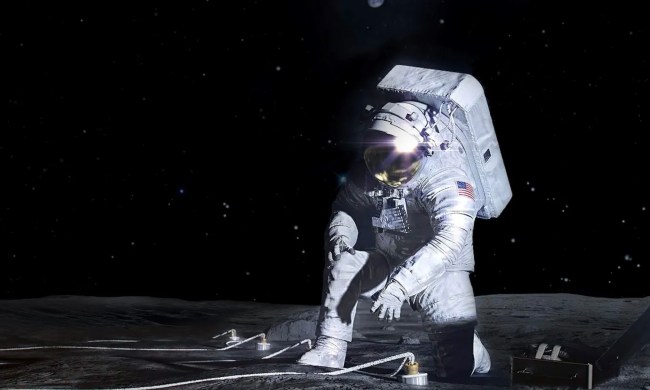All being well, NASA will launch a new era of lunar exploration on August 29 when its next-generation Space Launch System (SLS) rocket and Orion spacecraft lift off from the Kennedy Space Center in Florida.
As part of the build-up to the highly anticipated Artemis I mission, the space agency is releasing a new five-part series called Artemis I, Path to the Pad, showing how the team behind the ambitious project got it to where it is today.
The first part is scheduled to stream on NASA’s YouTube channel on Friday, August 12, and you can watch the trailer for it below:
The Artemis I mission will send skyward the most powerful rocket NASA has ever built. The SLS will propel a crewless Orion capsule toward the moon, where it will perform a flyby before returning to Earth. Orion’s epic journey will cover 1.3 million miles and take 42 days to complete.
NASA’s mission will mark the first flight test of both the rocket and the spacecraft. If all goes according to plan, NASA will perform the same flight with Artemis II, only this time with a crew on board.
And should that go well, space fans will be able to settle in for the most exciting crewed mission since the Apollo program five decades ago as Artemis III heads for the moon to put the first woman and first person of color on the lunar surface. No specific date has been set for the Artemis III mission, but it could take place as early as 2025.
Subsequent missions will endeavor to build a base for a long-term human presence on the lunar surface, with crews using new technologies to explore more of the moon than ever before. NASA wants to use what it learns from its crewed lunar missions for its next big endeavor: the first human voyages to Mars.
NASA doesn’t say what time the first part of Artemis I, Path to the Pad will premiere, saying only that it will become available on Friday, August 12. So, be sure to head to its YouTube channel on Friday — or anytime after that — to catch it.


